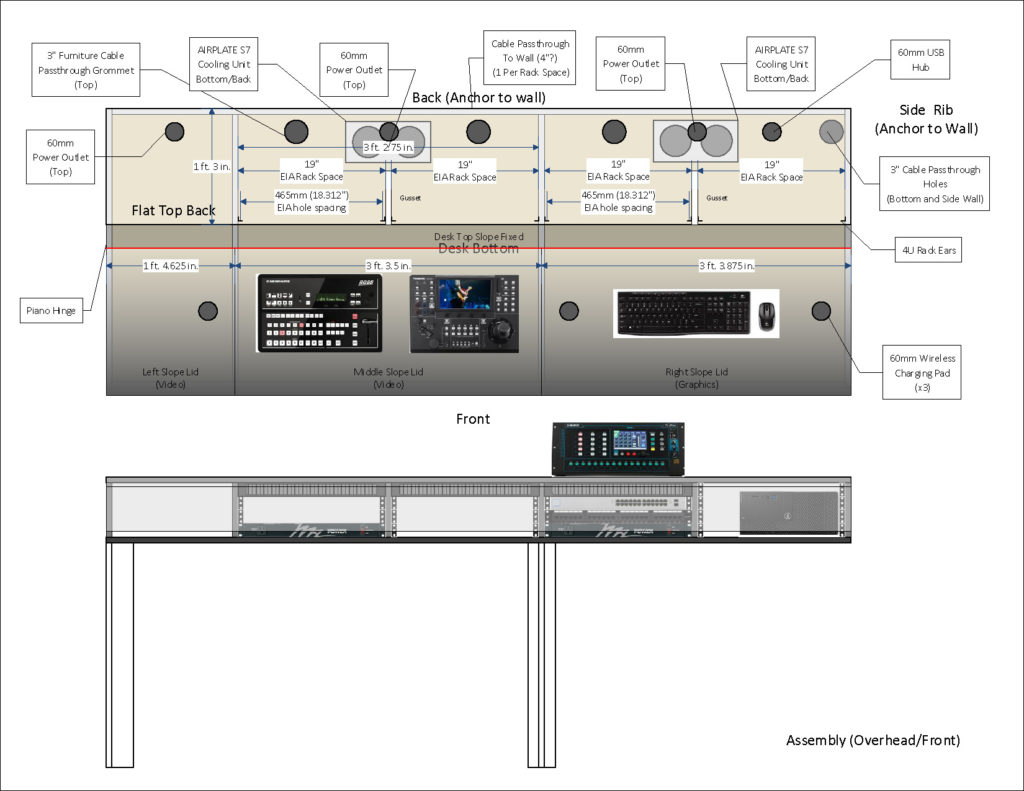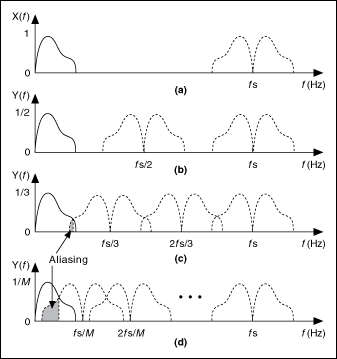- Supports 3G Level A and B and allowing for conversion between both; USB provides for power, control and firmware upgrades; Low power; This unit includes a Power Supply and USB Cable.
- Most of Decimator's products are controlled by a single, simple (at least for the user) software program, called UCP (current version 2.0.11). Plug in one of their products via USB, 'scan' for hardware, and the options for your Decimator device are displayed. It would be amazing if Companion could enable Streamdeck to control the UCP software!
- Drivers Usb free download - Drivers For Free, CopyTrans Drivers Installer, Adaptec ASPI Drivers, and many more programs.
LaCie Porsche Design Mobile Drive USB 3.0 cable (USB 2.0 compatible.) Quick Install Guide USB-C cable included depending on model Comments. To achieve full interface bandwidth, connect the product to a USB 3.0 port on a computer or device.
When a new USB device is connected to a host machine, the USB bus driver creates a physical device object (PDO) for the device and generates a PnP event to report the new PDO. The operating system then queries the bus driver for the hardware IDs associated with the PDO.
For all USB devices, the USB bus driver reports a device ID with the following format:
USBVID_xxxx&PID_yyyy
Notexxxx and yyyy are taken directly from idVendor and idProduct fields of the device descriptor, respectively.
The bus driver also reports a compatible identifier (ID) of USBCOMPOSITE, if the device meets the following requirements:
The device class field of the device descriptor (bDeviceClass) must contain a value of zero, or the class (bDeviceClass), subclass (bDeviceSubClass), and protocol (bDeviceProtocol) fields of the device descriptor must have the values 0xEF, 0x02 and 0x01 respectively, as explained in USB Interface Association Descriptor.
The device must have multiple interfaces.
The device must have a single configuration.
The bus driver also checks the device class (bDeviceClass), subclass (bDeviceSubClass), and protocol (bDeviceProtocol) fields of the device descriptor. If these fields are zero, the device is a composite device, and the bus driver reports an extra compatible identifier (ID) of USBCOMPOSITE for the PDO.
After retrieving the hardware and compatible IDs for the new PDO, the operating system searches the INF files. If one of the INF files contains a match for the device ID, Windows loads the driver that is indicated by that INF file and the generic parent driver does not come into play. If no INF file contains the device ID, and the PDO has a compatible ID, Windows searches for the compatible ID. This produces a match in Usb.inf and causes the operating system to load the USB Generic Parent Driver (Usbccgp.sys).
If you want the generic parent driver to manage your device, but your device does not have the characteristics necessary to ensure that the system will generate a compatible ID of USBCOMPOSITE, you will have to provide an INF file that loads the generic parent driver. The INF file should contain a needs/includes section that references Usb.inf.
If your composite device has multiple configurations, the INF file you provide must specify which configuration the generic parent should use in the registry. The necessary registry keys are described in Configuring Usbccgp.sys to Select a Non-Default USB Configuration.

Related topics
USB Generic Parent Driver (Usbccgp.sys)
Microsoft-provided USB drivers
 -->
-->Decimator Design USB Devices Driver Download For Windows
Universal Serial Bus Viewer (USBView) or USBView.exe is a Windows graphical UI app that you can use to browse all USB controllers and connected USB devices on your computer. USBView works on all versions of Windows.
Where to get USBView
Decimator Design Usb Devices Driver Download For Windows 10
To download and use USBView, complete the following steps:
Download and install the Windows SDK.
During the installation, select only the Debugging Tools for Windows box and clear all other boxes.
By default, on a x64 PC the SDK will install USBView to the following directory.
C:Program Files (x86)Windows Kits10Debuggersx64Open the kits debugger directory for the processor type you're running, and then select USBView.exe to start the utility.
USBView source code
USBView is also available in the Windows driver samples repository on GitHub.
Decimator Design Usb Devices Driver Download For Windows 7

Use USBView
USBView can enumerate USB host controllers, USB hubs, and attached USB devices. It can also query information about the devices from the registry and through USB requests to the devices.
The main USBView window contains two panes. The left pane displays a connection-oriented tree view that you can use to select any USB device.
The right pane displays the USB data structures that pertain to the selected USB device. These structures include Device, Configuration, Interface, and Endpoint Descriptors, as well as the current device configuration.
Use Device Manager to display USB info
To use Device Manager to display USB info:
Select Windows logo key+R, enter devmgmt.msc into the pop-up box, and then select Enter.
In Device Manager, select your computer so that it's highlighted.
Select Action, and then select Scan for hardware changes.
Select View, and then select Hidden Devices to display additional devices (for example, those that are not currently active).
Expand the Universal Serial Bus controllers node in Device Manager and select the device in question.
Select and hold (or right-click) to select Properties and view summary device status info.
Select the Details tab to view additional info.
Select Property to view details such as Status or Problem code.

Windows USB troubleshooter
If you're trying to diagnose a USB device that doesn't eject using the Safely Remove Hardware dialog box, try using the Windows USB Troubleshooter.
